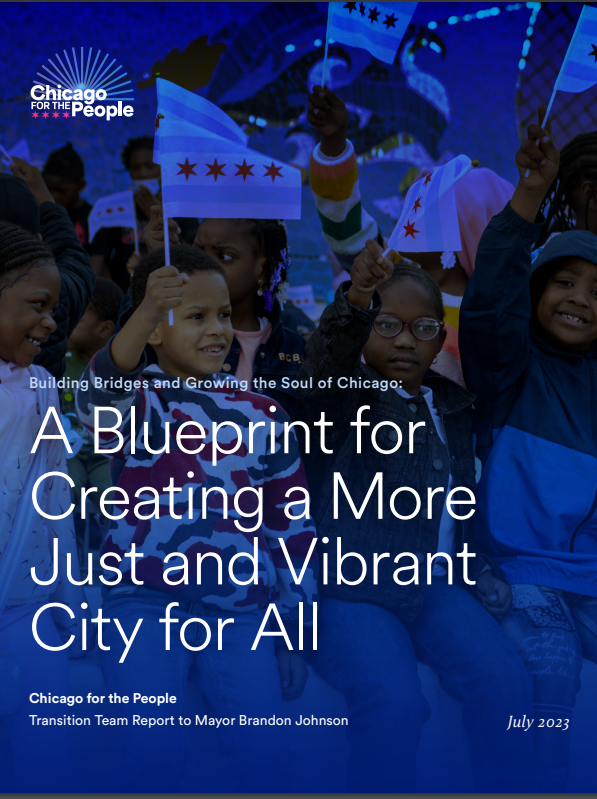 Chicago Mayor Brandon Johnson’s administration last week unveiled its transition report that touched on ways to improve healthcare in the city, including reopening all city-run mental health centers "in phases." [Health News Illinois]
Chicago Mayor Brandon Johnson’s administration last week unveiled its transition report that touched on ways to improve healthcare in the city, including reopening all city-run mental health centers "in phases." [Health News Illinois]
The report, compiled by Johnson’s transition team, says identifying which centers will also house 24/7 mental health crisis and stabilization services are important for community care and crisis response. It does not set a timeline for when the reopenings may occur.
“In addition to appropriate staffing by behavioral health professionals, community health workers should be hired to staff mental health centers, crisis response teams, and to engage individuals with high levels of unmet need via community-based services,” the report states.
The city closed six of its mental health clinics in 2011, a decision that has drawn criticism from progressives like Johnson, who has repeatedly called for the centers to be reopened.
The recommendation was part of the transition team’s goal to overhaul Chicago’s mental health system, one of 12 healthcare goals listed in the report. Other goals include:
· Improve the city’s ability to apply for federal and state grants.
· Integrate services to better address social determinants of health.
· Declare a human services state of emergency.
· Improve surveillance and data infrastructure.
· Increase focus on addressing environmental health.
· Recognize the importance of the healthcare workforce.
The report says the goal of healthcare reform in the city should focus on addressing longstanding racial inequities in the health system.
“We envision a Chicago in which all of the health and human services needs of our constituents are anticipated and met throughout a person’s life and in which each person is provided the specific support they need to grow, thrive, and live healthfully.
Read the full report here
###
